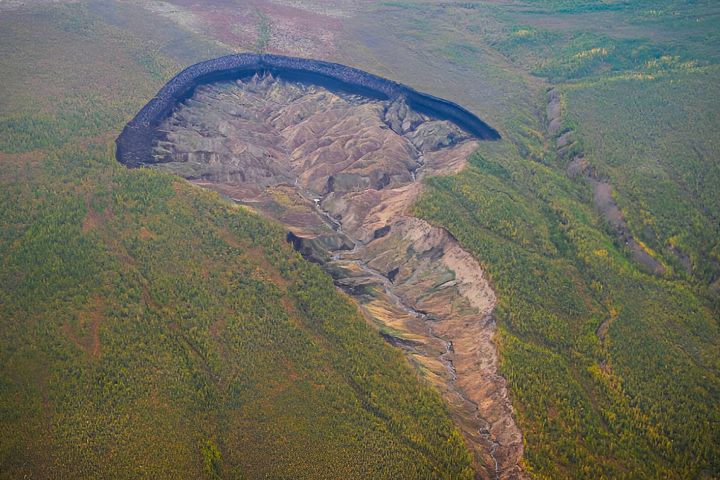In 1545 Henry VIII’s flagship the Mary Rose sank suddenly under mysterious circumstances. In 1982, the rediscovered ship was raised to the surface in a remarkable feat of underwater archaeology that sparked decades of heroic preservation work. Now a team of scientists led by the University of Cambridge is working with the Mary Rose Trust conservation team to test a new way of conserving waterlogged wood in order to preserve the great ship and her cargo of history for later generations.
The sea isn’t kind to wooden ships. In fact, King Neptune seems to rather dislike wood. Even the best built timber hull looked after with dedication and care can be devastated by an outbreak of rot or an infestation of teredo worm that found its way through the defenses.
In shipwrecks, it’s even worse. Instead of neat galleons lying on their sides filled with pieces of eight and decked with a few decorous strands of seaweed, ships that haven’t been ripped apart by storms and tides tend to be little more than hull sections that have sunk into the ooze while everything above has long ago been turned into worm food.
Paradoxically, salvaging a wreck can be as destructive as the actual sinking. Over the centuries, a buried bit of ship’s timber will settle into a state of archaeological stasis. That is, the local environment has destroyed all that it can and what’s left remains relatively untouched. But breaking that stasis sets off all manner of destructive processes.
Spongy waterlogged timbers dry out, shrink, and crack. Salt crystals form and act like wedges. Bacteria and fungi start to feed. And oxygen touching iron causes it to corrode and release acids that attack the wood’s cellulose structure. Forget these facts, and an archaeological treasure can, in short order, look like something the termites had for dinner.
This is the reason why the Mary Rose, even though it was lifted off the seabed three decades ago and is now housed in a museum dedicated to its preservation, has spent most of the past 30 years being sprayed with water and chemicals. For 12 years the ship was sprayed with fresh water to force out the salt and to keep it from drying out, then for another 19 years it was sprayed with a wax called polyethylene glycol (PEG), which seeped into the wood and displaced the water.
This is a decades-old standard procedure and does the job, but it’s mind-bogglingly slow. Though it is possible to use vacuum pumps to force the PEG into smaller artifacts like bowls or longbows from the wreck, the hull takes patience. That and some additional steps.
Taking out the water is fine, but then there’s the microorganisms to deal with, which means introducing disinfectants. Then there are other agents that need to be added in order to deal with iron and sulfur compounds. In all, it’s a very involved job that in the Mary Rose’s case needs to be carried out on a massive scale, and many treatments can only be used on small artifacts. Furthermore, many of these treatments work to neutralize their targets, but tend to work against other treatments – such as reducing the acidity, but weakening the wood.
This is where the Cambridge team comes in. Working with the Mary Rose Trust, they’ve developed a new natural polymer that can not only do the job of PEG, but also act against the other two major threats to waterlogged wooden artifacts, iron and bacteria, in a single treatment, and, according to the researchers, is safer and greener than conventional methods.
The basis of the new treatment is a material made of cucurbiturils, which are barrel-shaped molecular "handcuffs" which can link with other polymers that have different properties and turn them into a single substance. Made out of a linear polysaccharide called chitosan and guar gum, this consolidant can form a sort of "cage" around iron ions in a process called chelation. This chemically isolates the iron, preventing it from forming acids.
According to the Cambridge team, it also has antibacterial properties, is reversible, and economical to apply. The presence of iron is said to actually make the two-tier structure of the polymer work better, so it’s self-adapting to the wood’s individual situation.
Instead of trying out the new polymer on the massive timbers of Mary Rose herself, it was applied to some of the artifacts that have been waiting their turn for treatment for many years in great tanks of deoxygenated water. The team says that this is because the long time it takes to treat large pieces of wood required a focus on smaller specimens for test purposes. However, larger scale tests are scheduled for a later date.
"We don’t know yet how it will behave in a larger piece of wood – we still need to perform tests on larger artifacts and give the material time to fully penetrate the wood," says Dr Zarah Walsh.
The new procedure was published in the Proceedings of the National Academy of Sciences.
Source: University of Cambridge






